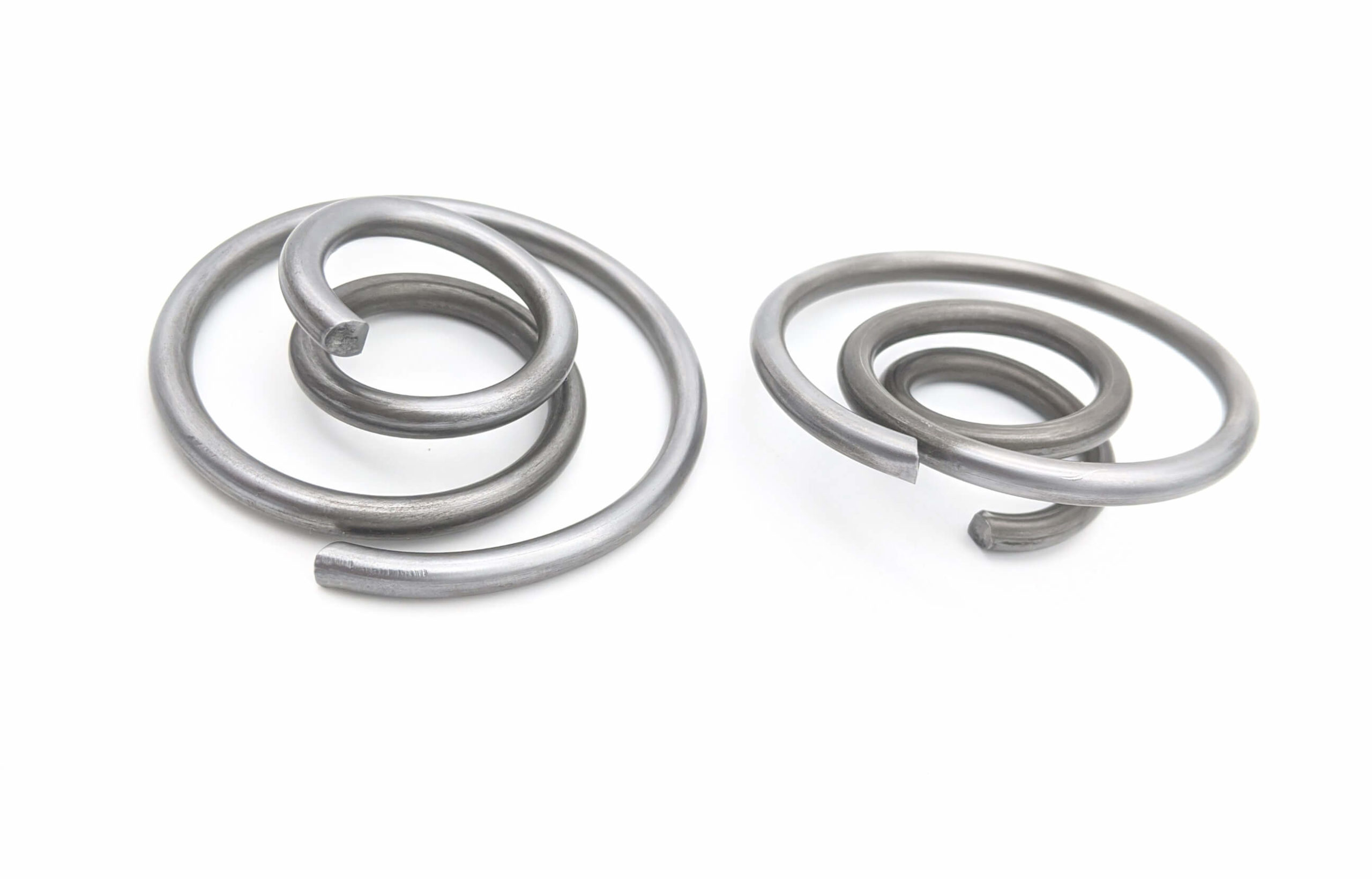Get unique, complex parts easily. No matter your requirements, Chaoyi Spring creates hard-to-produce coil springs and wire forms.
Let us help you create the custom wire form you need, from S-hooks and J-hooks to utility hooks and more.
We work closely with customers across a wide range of industries, helping them design and manufacture made-to-order parts.
Why choose Chaoyi Spring? We prioritize customer-focused collaboration, modern equipment and the latest technology to make your parts per print.
Find the information and guidance you need, from measuring a spring to learning about materials, placing an order and much more.
Spring tension, the force exerted by a spring when stretched or compressed, is a fundamental concept in physics and engineering. It's a force that's all around us, from the delicate


Spring tension, the force exerted by a spring when stretched or compressed, is a fundamental concept in physics and engineering. It's a force that's all around us, from the delicate hairspring in a watch to the powerful springs in a car's suspension system. This article delves into the fascinating world of spring tension, exploring its mechanics, applications, and the crucial role it plays in our modern world.

Imagine a simple coil spring. When you pull on it, it stretches, and when you push on it, it compresses. The force that the spring exerts in response to this deformation is known as spring tension. It's a force that wants to restore the spring to its original shape. The greater the deformation, the greater the spring tension. This relationship between deformation and force is governed by Hooke's Law, a fundamental principle in physics.
Hooke's Law states that the force exerted by a spring is directly proportional to its deformation. This means that if you double the amount you stretch or compress the spring, you double the force it exerts. This relationship is expressed mathematically as F = -kx, where F is the force, k is the spring constant (a measure of the spring's stiffness), and x is the deformation.
The spring constant, k, is a critical property of a spring. It tells you how much force the spring will exert for a given amount of deformation. A high spring constant indicates a stiff spring that requires a lot of force to deform, while a low spring constant indicates a soft spring that is easily deformed.
Spring tension isn't just determined by the material and shape of the spring. It's also influenced by several external factors:
Spring tension is a fundamental principle with a wide range of applications in many different fields, from everyday objects to advanced technologies. Here are a few examples:
While Hooke's Law provides a simple model for understanding spring tension, it's important to remember that springs can behave in more complex ways. In reality, springs may not always exhibit a perfectly linear relationship between force and deformation. Factors like material properties, spring geometry, and loading conditions can lead to non-linear behavior.
Furthermore, springs can experience fatigue, creep, and relaxation over time. Fatigue refers to the weakening of the spring material due to repeated loading cycles. Creep refers to the gradual deformation of the spring under constant load. Relaxation refers to the gradual decrease in spring tension over time under constant deformation.
These complex behaviors are essential to consider in engineering applications where the reliability and performance of springs are critical. Engineers must carefully select spring materials, design spring geometries, and account for potential non-linear behavior to ensure that springs function reliably and safely over their intended lifespan.
Spring tension is a force that we often take for granted, yet it plays a crucial role in our modern world. From the simple act of opening a door to the complex workings of spacecraft, spring tension is a ubiquitous force that makes our world function. As technology advances, the applications of spring tension will continue to expand, driving innovation in fields like robotics, energy storage, and biomedicine.
By understanding the principles behind spring tension, we gain a deeper appreciation for the ingenuity of engineering and the fundamental forces that shape our world.
Spring tension is a testament to the fundamental laws of physics and the power of engineering ingenuity. It's a force that shapes our world in countless ways, making it possible for us to build, invent, and create. As we continue to explore the potential of spring tension, we can expect to see even more innovative and groundbreaking applications emerge in the years to come.
Browse some of the custom wire forms and springs that we manufacture. Don’t see what you need? We specialize in made-to-order products that meet your application requirements.
Visit Our GalleryNeed a custom wire form or coil spring? We make it work. Fill out the contact form and a representative will respond within 1 business day. If you have a PDF or CAD file, you can submit to request a quote.